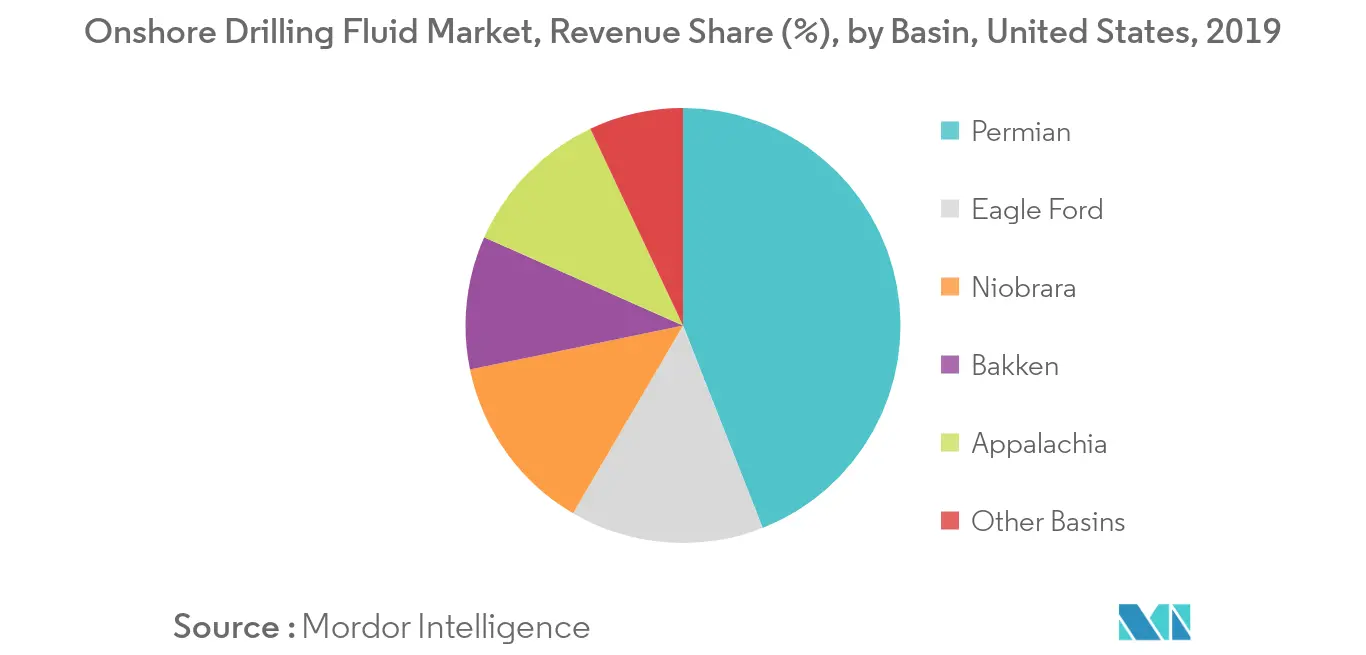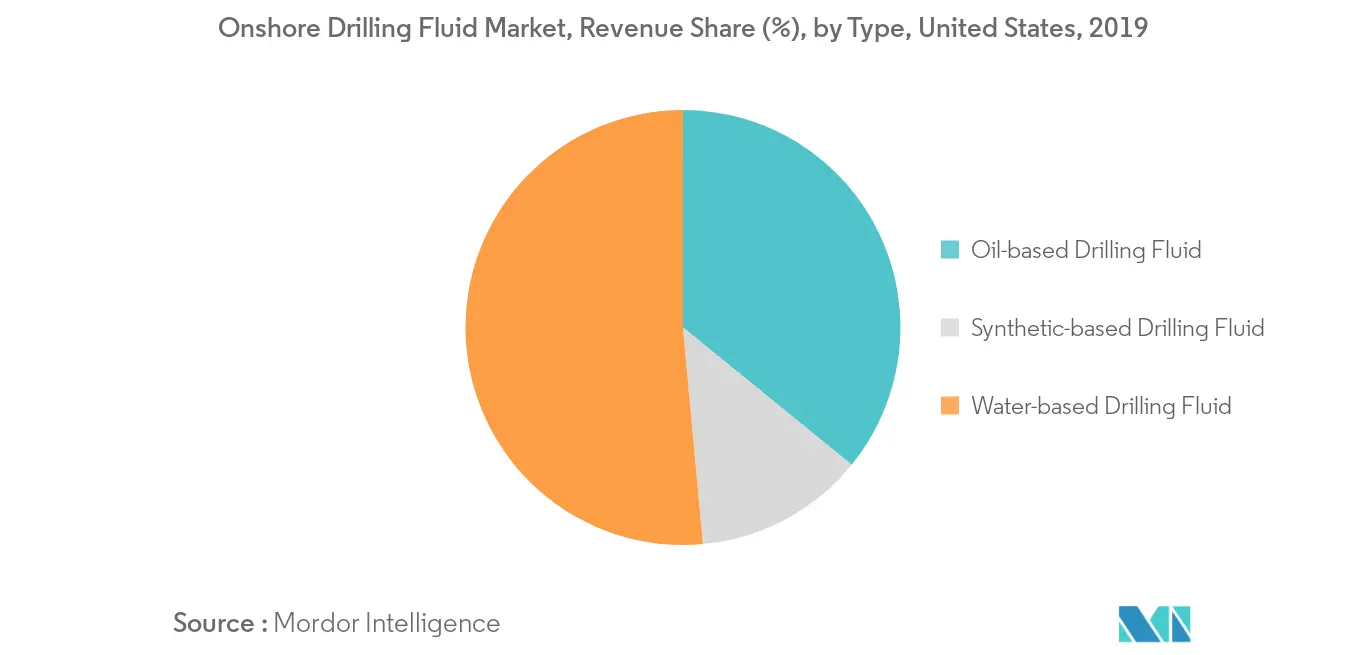Market Trends of United States Onshore Drilling Fluid Industry
This section covers the major market trends shaping the US Onshore Drilling Fluid Market according to our research experts:
Continuous Growth in Demand from Permian Basin
- The Permian Basin, also known as West Texas Basin, is one of the most prolific oil and natural gas geologic basins in the United States. The basin spans West Texas and Southeastern New Mexico.
- The Permian Basin is approximately 250 miles wide and 300 miles long, across West Texas and Southeastern New Mexico. The basin encompasses several sub-basins, including the Delaware Basin and Midland Basin.
- Moreover, with increasing demand for unconventional resources, the activity in the Delaware Basin and Marfa Basin has revived. Currently, the number of exploring wells are increasing in the basin.
- Additionally, it is the largest shale oil producing basin in the country, and is poised to become one of the largest crude producing regions, only next to Saudi Arabia and Russia. The major operators in the basin include Pioneer Natural Resources Company, Occidental Petroleum Corporation, Apache Corporation, CONCHO RESOURCES INC. (COG OPERATING LLC), and BHP Billiton Pet (Txla OP) CO., among others.

Increasing Demand for Oil-based Drilling Fluids
- Oil-based drilling fluid is a type of invert-emulsion, with oil being the continuous phase. It is mostly formulated with base oils, such as diesel oil and mineral oil. Oil-based muds have an oil/water ration ranging from 65/35 to 95/5.
- Oil-based drilling fluids aid in lower well frictions, as compared to other types of drilling fluids. This makes them highly useful in high-depth and zones to withstand high temperature and pressure. These fluids do not interact with water-wet rocks, owing to their capillary pressure.
- Additionally, oil-based drilling muds help in maintaining the pH levels during drilling operations, to withstand the effects of wellbore gases, such as hydrogen sulfide and carbon dioxide.
- The high-gas solubility in oil-based muds also makes the detection of kicks more challenging, as compared to their water-based counterparts.
- Such increasing development of shale and tight gas reserves in the country is expected to boost the usage of oil-based drilling fluids, during the forecast period.


